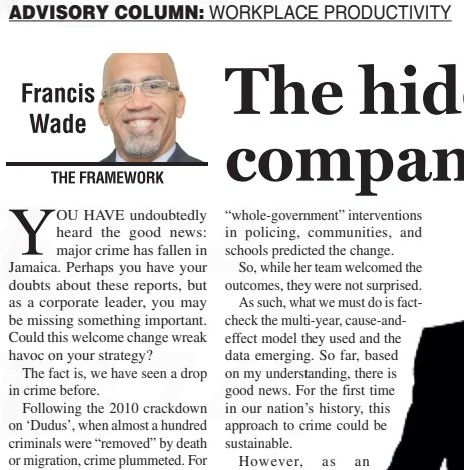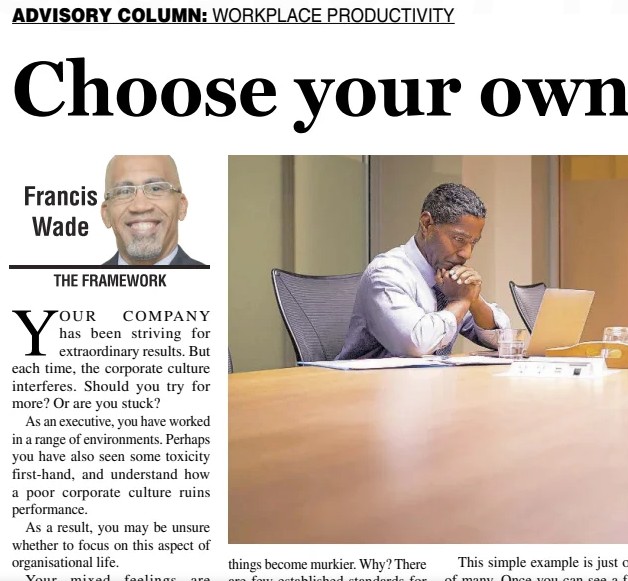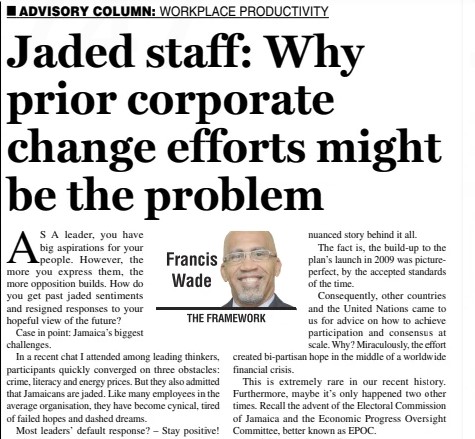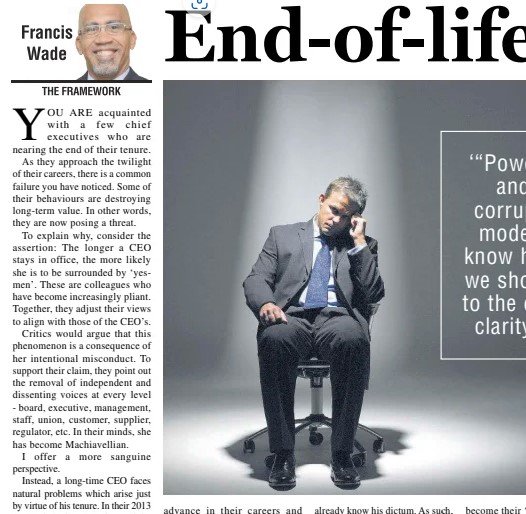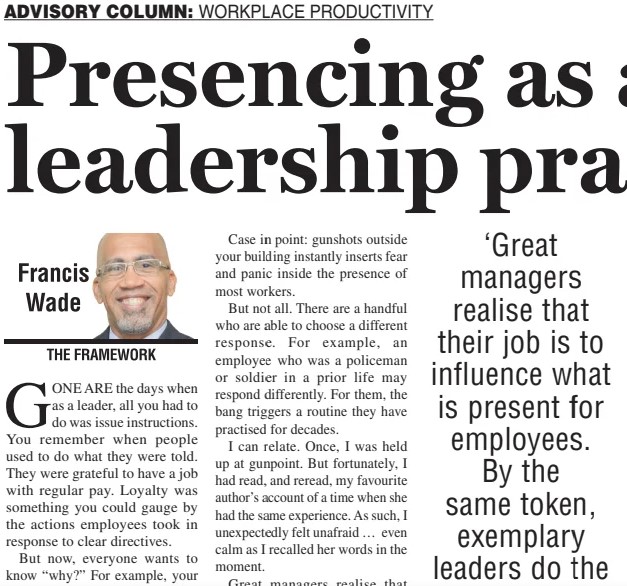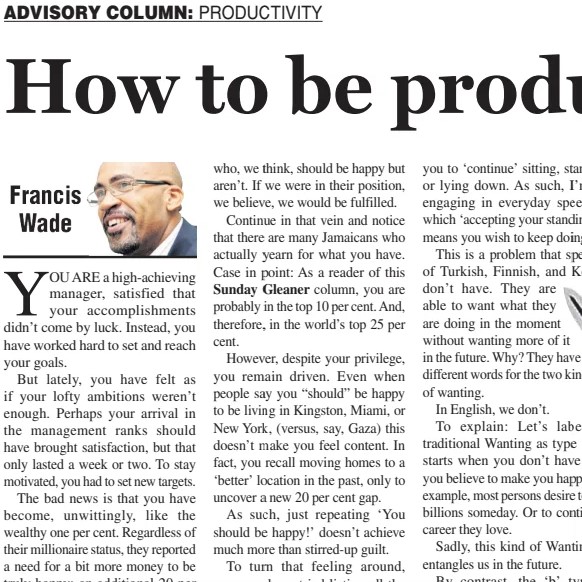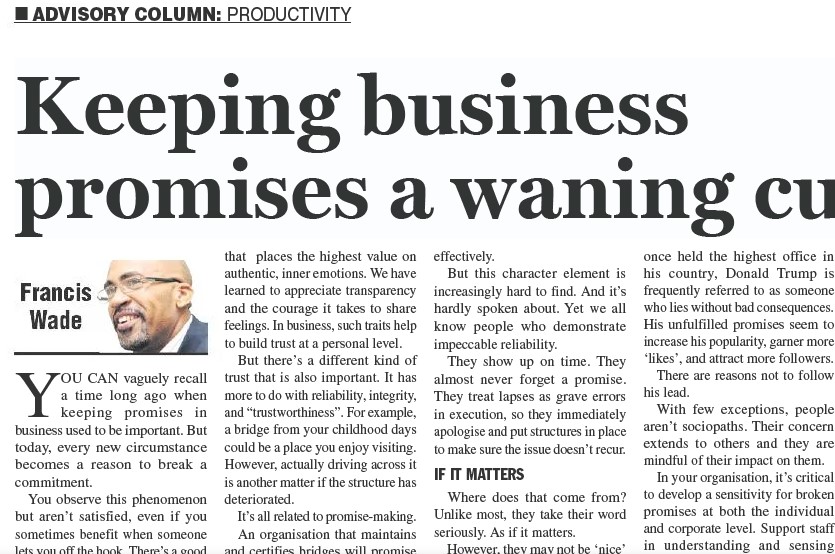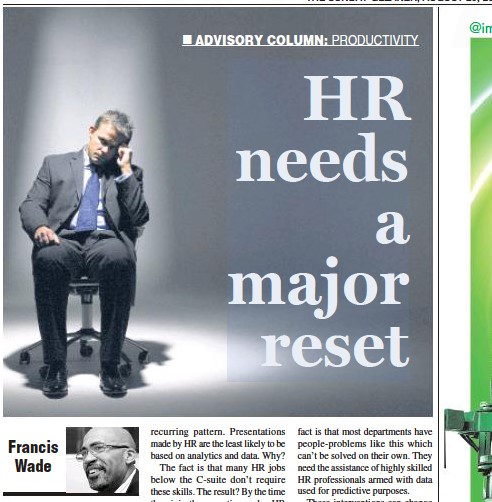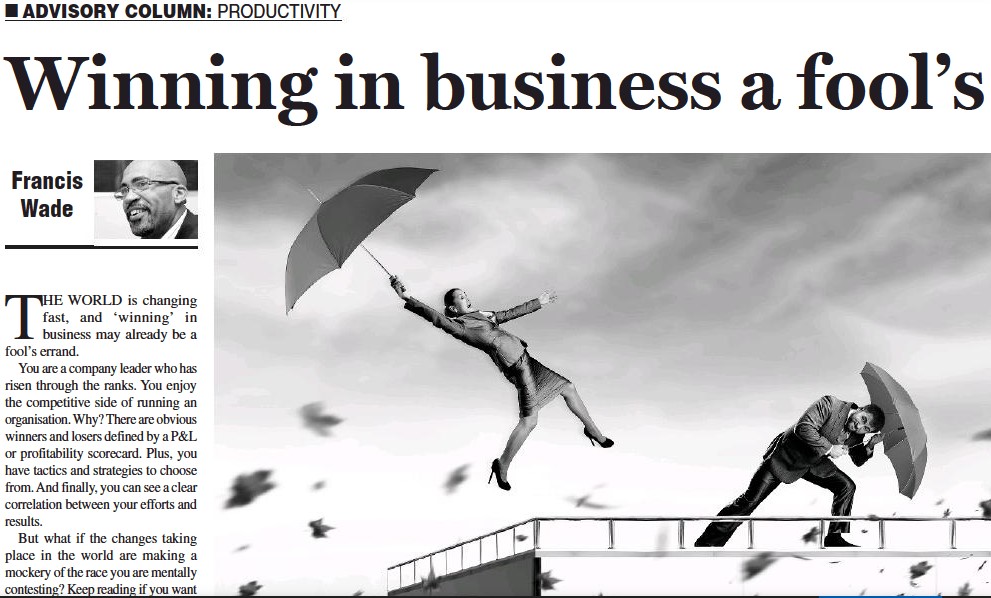A Shift Few Leaders Expect
Falling crime rates are usually celebrated as a sign of progress. Safer communities, stronger economies, and a brighter future—what’s not to like? Yet for business leaders, this kind of change can also be profoundly disruptive. If your company has been operating for decades in an environment shaped by insecurity, what happens when that reality suddenly shifts?
Jamaica offers a striking example. For years, high levels of violence defined everyday life and business practices. Many firms adapted, building their operations on an assumption of danger. Now, crime is falling. If this trend proves durable, the very foundations of corporate strategy in the country could be shaken.
The same dynamic applies globally. Whether it’s crime, inflation, regulation, or even cultural norms, long-standing conditions shape business models. When those conditions change, the leaders who cling to old assumptions often suffer the most.
Beyond Skepticism: Could the Change Be Real?
History encourages caution. In Jamaica, crime dipped after the 2010 “Dudus crackdown,” when nearly a hundred criminals were eliminated or fled. The effect was temporary; crime rebounded. Understandably, leaders today hesitate to celebrate.
But current indicators suggest something different. The Citizens Security Plan (CSP), launched in 2020, has applied coordinated interventions across policing, communities, and schools. These are not random shifts but measurable, systemic efforts. According to Dianne McIntosh of the Citizens Security Secretariat (CSS), the downward trend was predicted and intentional, not accidental.
If this approach is sustainable, Jamaica may be entering a new era. For business leaders, that requires more than casual observation—it demands strategic reconsideration.
When Old Assumptions Become Dangerous
Executives often claim to have “a long-term plan.” Sometimes it exists only in their heads; other times it’s reduced to lofty mission statements. But when tested, many leadership teams struggle to articulate a coherent strategy. That’s manageable when conditions remain stable. It’s perilous when they change.
Falling crime isn’t just a social good—it’s an economic shock. Studies suggest that Jamaica’s high crime rate has shaved 2–4% off annual GDP growth. If that burden is lifted, the economy could expand in ways that reward some sectors while destabilizing others.
Consider Colombia. Between 2002 and 2010, murders and kidnappings plummeted. While the country as a whole benefited, one sector suffered: private security. With half a million armed guards—more than the army and police combined—the industry had thrived on fear. When violence declined, demand collapsed. Firms that assumed the old reality would last indefinitely faced sudden disruption.
The same could happen anywhere. Companies built on entrenched conditions may discover that their core business model no longer fits.
Lessons from a Pandemic Surprise
This pattern isn’t limited to crime. In 2017, a financial services client dismissed the idea that their country was ready for online banking. They imagined digital adoption as a distant event.
In discussions, I encouraged them to carve out an actual timeline: a 10-year goal. Then the COVID-19 pandemic hit. Overnight, physical branches closed, and the digital future arrived.
Fortunately, the company had at least sketched out a plan. They accelerated it, shifting in months what they thought would take a decade. Those without foresight were left scrambling.
The lesson is clear: change rarely arrives on schedule. Leaders who prepare for disruption—whether it comes from crime rates, technology, or global crises—are positioned to adapt. Those who rely on yesterday’s success become their own worst enemy.
Why Foresight Matters Now
Harvard professor Clay Christensen once observed that organizations grow addicted to what made them successful. They defend the familiar rather than exploring the new. This is comforting but risky.
If crime falls sustainably, a country like Jamaica will experience profound change. Real estate values could climb. Tourism could expand. Consumer confidence could rise. Yet industries tied to fear—private security, certain insurance products, or defensive real estate designs—may shrink.
Globally, the principle is the same: whenever a long-standing challenge begins to ease, leaders must ask, what happens to us if the world really does change?
Turning Good News into Strategic Advantage
Falling crime is an undeniable win for society. But for business leaders, it’s also a challenge. The question is not whether to celebrate, but whether to adapt.
Here are three steps to consider:
- Validate the Data
Don’t rely on rumors or short-term headlines. Understand the leading indicators, the policies behind them, and whether the change is likely to last. - Stress-Test Your Model
Ask how your operations, costs, and markets would shift if the old assumptions disappeared. If your business relies on high levels of fear, inflation, or any entrenched condition, prepare alternatives. - Rebuild Before You’re Forced To
Waiting until the change is undeniable often means it’s too late. Instead, use foresight to redesign your company around the future that could emerge.
The Bottom Line
A safer society is a gift. But it is also a test of leadership. True foresight requires seeing risks where others see only triumph.
The companies that thrive will be those willing to let go of outdated assumptions and embrace a new normal—even when the news is good.
This article is based on a column I wrote for the Jamaica Gleaner published on Sep 14, 2025.

